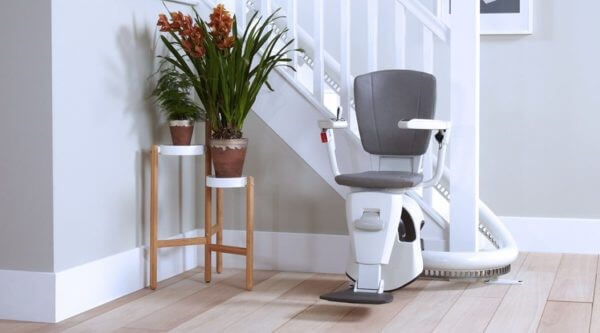Living independently is a huge factor to leading a happy life. Having a home that is adapted to meet your needs is extremely important. However, there are many disabled people that are still living in unsuitable conditions.
Statistics
According to the English Housing Survey, only 7% of homes in England have even the most basic access features. Furthermore, new figures published in June, reveal that outside of London, under a quarter of new homes due to be built by 2030 are planned to be accessible to a category 2 standard and only 1% are set to be suitable for wheelchair users. With there being 1.8 million people in the UK with an accessible housing requirement and 300,000 with an unmet need, this highlights the crisis we’re in.
Home Adaptations
In comparison, those whose homes which do meet their accessibility needs have reported improved health and wellbeing. Minor adjustments to a home from fitting grab rails to widening doors can have a dramatic impact on the individual’s confidence . Major adaptations within the home can help with independence such as fitting stair lifts, amending bathrooms incorporating a wet room and allowing kitchens to become more accessible. These features may not sound like a big deal, and many take these day to day tasks for granted. For a wheelchair user or someone who has restricted mobility, these features are the difference between an independent or restricted life.
Benefits
An accessible home is not only beneficial to the people living in it. Just having the right adaptations to the home can create significant savings to the public purse, reducing social care costs for local authorities and health costs for the NHS as the number of accidents at home will significantly reduce.
Being a disabled person means you’ll constantly face mental and physical challenges. It’s not a luxury to live in a suitable home and I believe everyone, old and young, disabled and non-disabled, deserves to have somewhere to live where they can feel at home.
